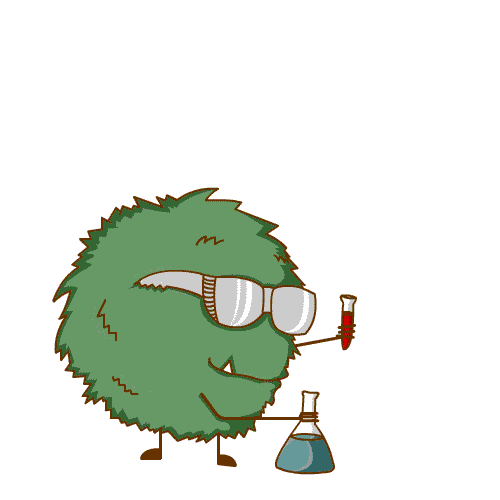
I’ve explained what kind of cells make up our innate immune system, I’ve detailed what our adaptive immune system does. What I haven’t explained is how those cells communicate. Because in contrast to my sketches, your immune cells don’t have mouths to speak.
The exact processes are complicated, really complicated, so I will give you a watered-down version of what happens.
Microorganisms have distinct certain structures on their surface. These structures (made out of proteins) allow immune cells to recognize them as foreign. To recognize the PAMPs, receptors (Pattern recognition receptors) are needed, in this case TLR and RLR with TLR being slightly more important. The different TLRs can recognize bacteria, fungi, protozoa and viruses. @suesa
But what happens when the TLR recognized something, a virus for example? After all, it isn’t enough to just notice something dangerous is happening.
If a virus is recognized by a TLR, a lot of stuff happens. The signal is transmitted through several receptors and kicks-off processes inside the cell. At the end of it all, there is NF-κB, a so-called transcription factor.
A transcription factor is something that causes a cell to use a specific gene and produce a specific protein.
Imagine it like this: You own a company that produces cars. Everything is working fine but suddenly, you notice that you’re running out of tires. You send an order to the company manufacturing the tires and they start producing some and then deliver them to you.
The order you place is the transcription factor, the blueprint the other company uses is the gene and the tires you’re delivered are the proteins.
But what protein is produced as a reaction to NF-κB?
Interferons are cytokines. Cytokines are the chemicals cells use to communicate with each other. These chemicals can be delivered back to the cell itself (autocrine), delivered to a cell close by (paracrine) or transported through the blood (endocrine).
What makes interferons so special?
Interferons are the signal that a virus infection has happened. The reactions to this signal are as follows:
• The cell stops producing Protein, effectively killing itself and the virus
• RNA viruses are prevented from replicating their genome
• The cell stops its cell cycle
• Viral proteins are broken down
• MHC present the virus on the outside of the cell to alarm T-lymphocytes
If everything goes as planned, this is enough to eliminate the virus.
Other important cytokines are the chemokines which are, for example, produced by macrophages as a reaction to bacteria. The effect is a dilation of blood vessels and a higher permeability, which allows immune cells to wander into the tissue. You can see this as the typical red swelling when you have an inflammation.
That’s the basics, kind of. Communication between cells is complex and the mechanisms of our immune system are even more complex but I hope that now, after all these posts, you have a better understanding of how your immune system works. It’s, after all, what’s keeping you alive!
Source:
Lecture “Immunology - Innate Immune System” by Dr. Barbara Walch-Rückheim
First picture was taken from pixabay.com, sketches by me.
Got a scientific topic which you want to see as a story? Leave me a comment!
You want to support scientists on Steemit? You are a scientist on Steemit? Join the #steemSTEM channel on steemit.chat and connect with us!
STEM is an acronym for Science, Technology, Engineering and Math

